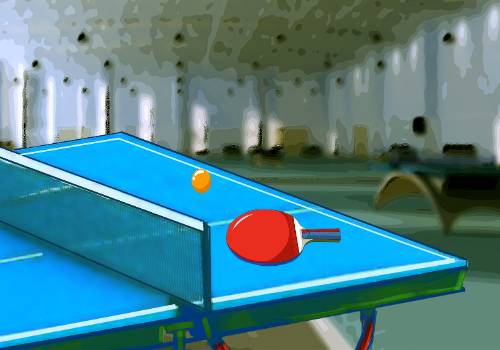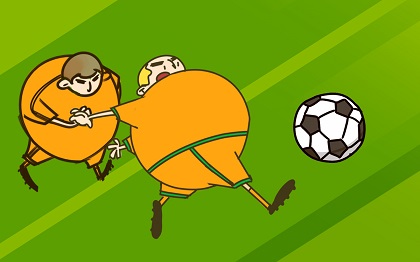TF阅读真题第389篇Early Horses
 (资料图片)
(资料图片)
Early Horses
The earliest-known horse fossils come from the Eocene epoch (from 57 to 34 million years ago),and they are so different from the modern version that it was not initially realized that there was any relation.Dawn horse,or Eohippus,as this animal has been called,has been found in both Europe and North America. Eohippus was tiny,about the size of a small dog,and apparently lived in wooded areas.These animals had hooves but,in contrast to modern horses,they had four hoofed toes on the front feet,three on the rear,and the hooves were padded. Eohippus was also pug-nosed by comparison to modern horses,and its teeth reveal that it was a browser that fed on a variety of plants.In fact,although it was completely herbivorous (plant eating),this little horse had canine teeth-a reminder that many of its predecessors were carnivores (meat eaters).
Throughout the Eocene and Oligocene epochs (from 57 to 23 million years ago),the descendants of Eohippus evolved in a fairly straightforward way that is well documented by their fossils.They became gradually larger;the middle toe, eventually to become the single hoof of the modern horses,became stronger and more prominent,and the grinding surfaces of the teeth became larger,with complex,resistant ridges.But the resemblance to Eohippus remained clear.It was only in the Miocene (from 23 to 5 million years ago),coincident with the spread of grassy prairies,that abrupt changes took place,resulting in several different lineages of horse evolution,only one of which is still extant:the modern horse.
Several of the physical characteristics of today’s animals are ultimately linked to their diet of grasses. Foremost among the Miocene modifications that led toward present-day horses were changes in the teeth and the shape of the head.Compared to the succulent leaves of tropical trees that were the fodder for some of the horse’s ancestors, grasses are abrasive and much more difficult to chew and grind.The response of the Miocene horses was to develop teeth with much more elaborate and resistant grinding surfaces and with much larger crowns,at least part of which could grow out of the gums as they were worn down.These changes meant that the head had to be much deeper,and the muzzle longer,to make room for the long rows of grinding teeth along the horse’s cheeks.At about the same time,the legs and feet of the ancestors of today’s horses became better adapted to rapid running across the spreading grasslands.This occurred through fusion of several of the independent bones in the lower parts of the legs,making them stiffer,and through further emphasis of the central hoofed toe,which by now bore the entire weight of the animal.In place of a foot,the horse has a single toe at the end of its leg.
By the middle or late Miocene,many of the extant horses were at least superficially similar to modern horses.Based on the fossil record,much of their development seems to have occurred in North America,but by the Pleistocene epoch (from 1.6 million to 10,000 years ago),the modern horse genus,Equus,had spread over much of the world.Then,inexplicably,only 8,000 to 10,000 years ago, horses disappeared from North America.The reason for this extinction is unknown. Whatever the cause,it is a fact that the plains of North America were without these animals for thousands of years,until horses brought from Europe by the early Spanish explorers escaped and began to repopulate the vast grasslands.
It is clear that many of the familiar features of the modern horse are directly or indirectly related to its diet and its preferred environment,grasslands.But how and why did the grasslands develop when they did?There are competing theories on this question,but only a few are consistent with the evidence.Most of these invoke a change in global climate as an important factor,perhaps the overriding factor.In particular,grasslands expanded rapidly as the climate in continental interiors became cooler and drier.
►The earliest-known horse fossils come from the Eocene epoch (from 57 to 34 million years ago),and they are so different from the modern version that it was not initially realized that there was any relation.Dawn horse,or Eohippus,as this animal has been called,has been found in both Europe and North America. Eohippus was tiny,about the size of a small dog,and apparently lived in wooded areas.These animals had hooves but,in contrast to modern horses,they had four hoofed toes on the front feet,three on the rear,and the hooves were padded. Eohippus was also pug-nosed by comparison to modern horses,and its teeth reveal that it was a browser that fed on a variety of plants.In fact,although it was completely herbivorous (plant eating),this little horse had canine teeth-a reminder that many of its predecessors were carnivores (meat eaters).
托福真题(四科目)
https://docs.qq.com/doc/DSVFTUVNQVXNkalJS

































































































































